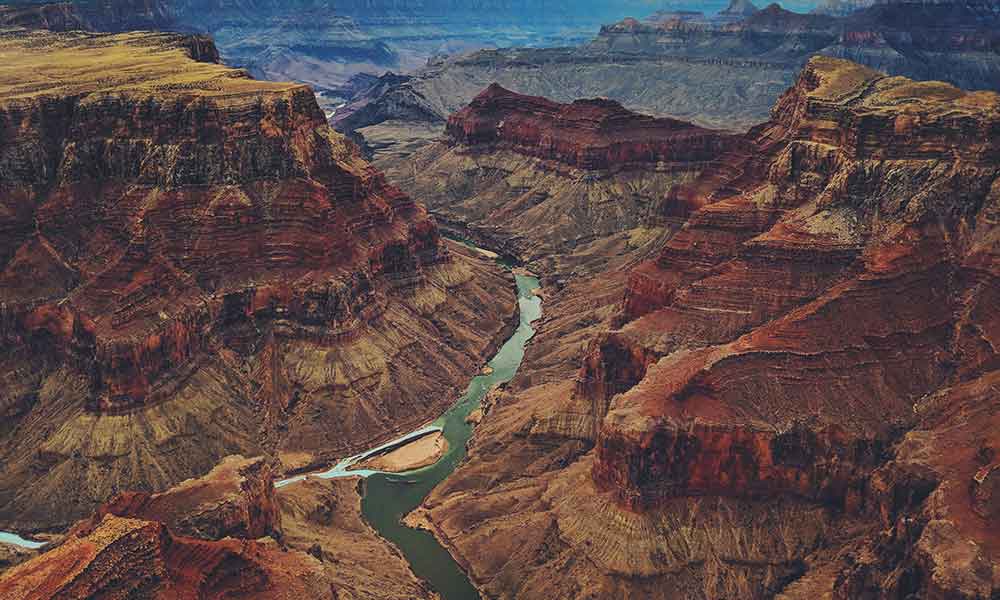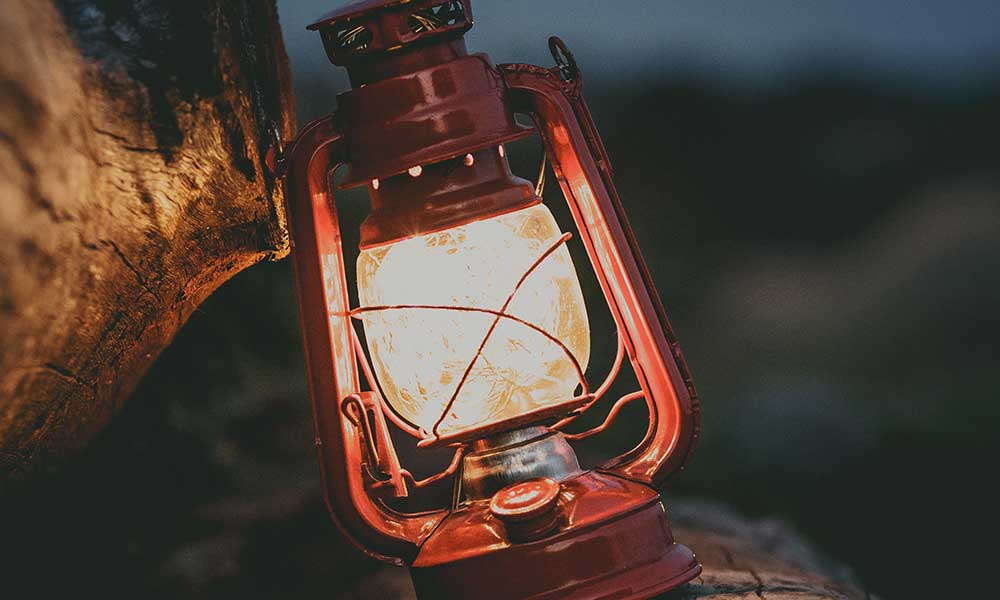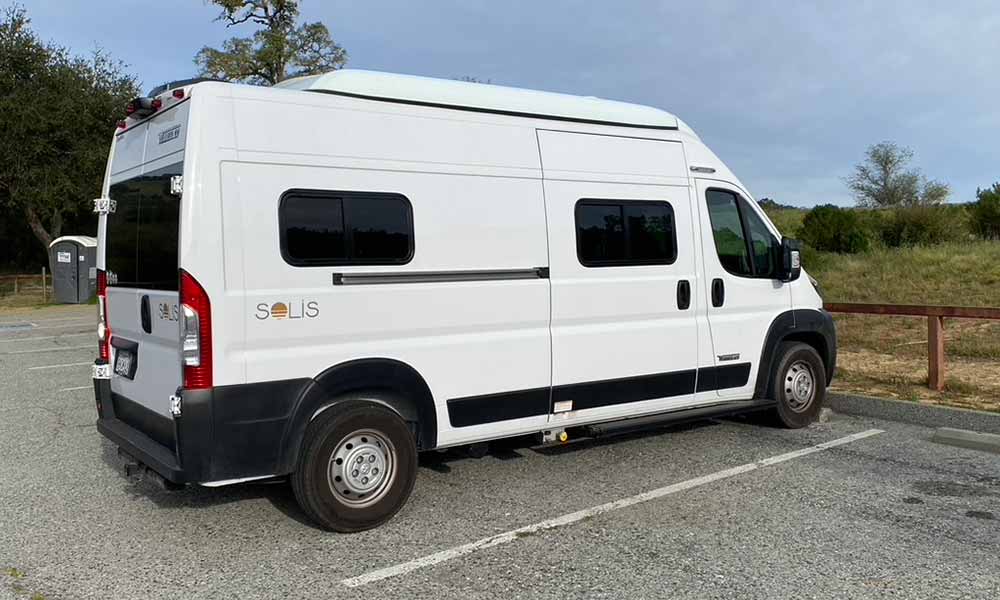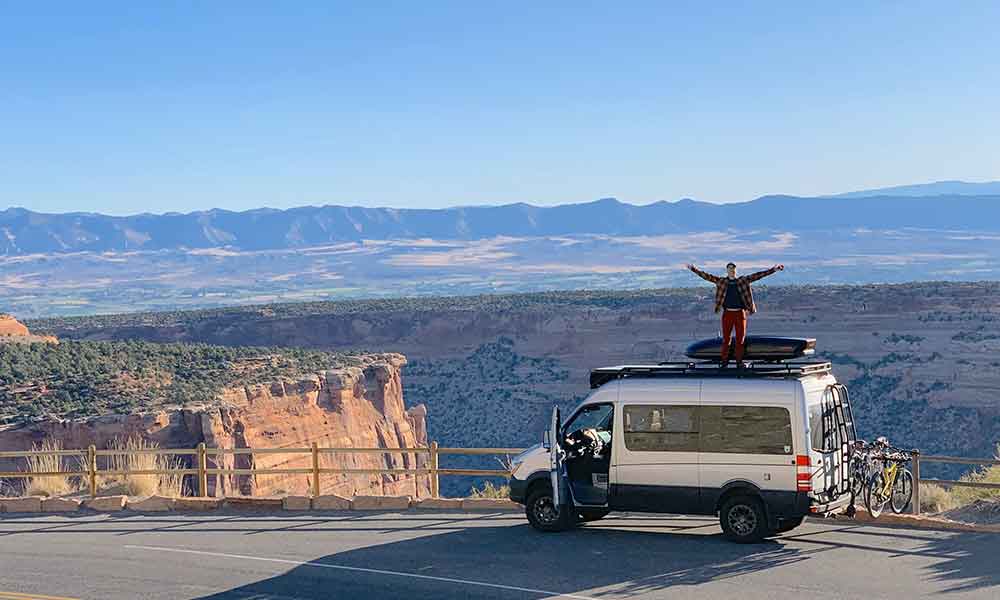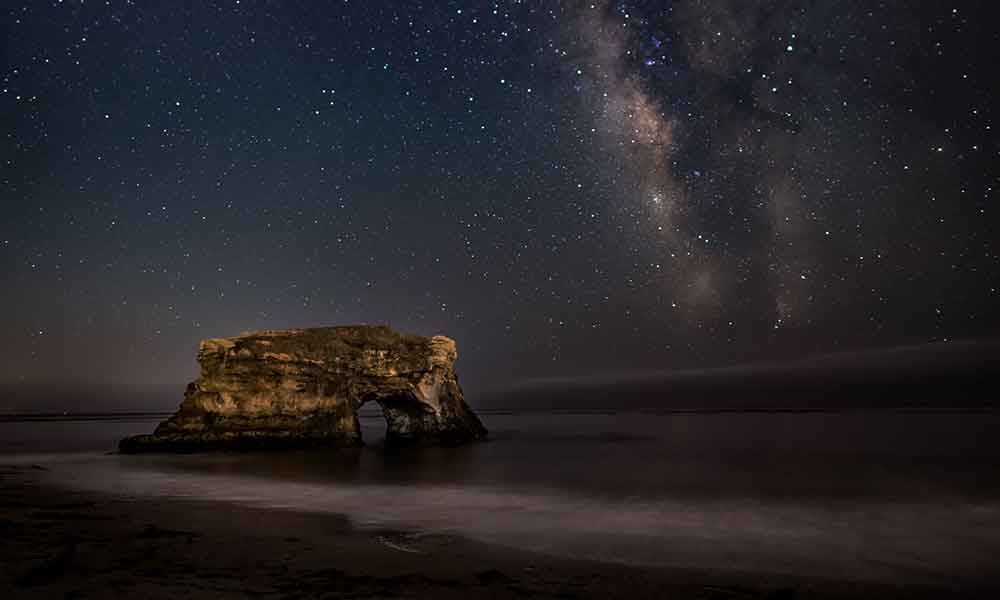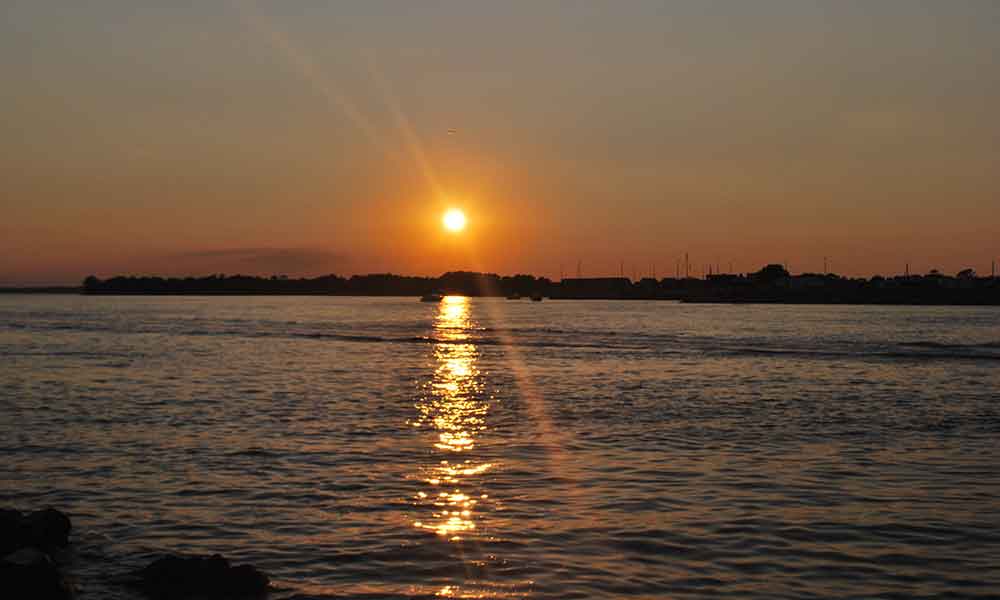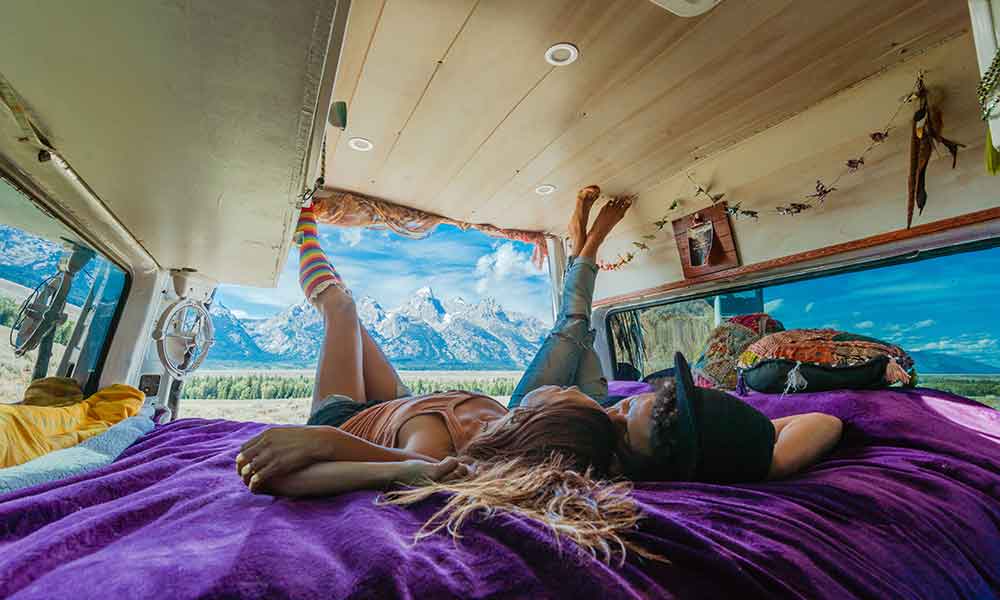If you are traveling to see the West, one of the stops that should be on your bucket list is Zion National Park. The majestic canyons, red rock mountains, and the breathtaking hikes of this national park make it a must. But can you camp in Zion National Park in Utah?
You can camp in Zion National Park at one of three official campgrounds, namely South Campground and Watchman Campground, close to the park’s main entrance, and the remote and primitive Lava Point Campground. You can also do backcountry camping with a permit at dozens of sites.
The dramatic desert landscape, steep canyons, and diverse wildlife of Zion National Park appeal to hikers, climbers, canyoneers, and nature lovers. The three campgrounds available in Zion allow you to base yourself in the park to get the jump on the action.
South Campground In Zion National Park
Located half a mile from the park’s south entrance, South Campground is close to the town of Springdale and the facilities and shops that it offers while still allowing you to skip the queue to get into the park in the morning.
It has a few large trees that offer some shade, a highly desirable commodity in the summer heat, and dramatic cliffs behind. The large campsites are spaced out from each other.
However, it is between the busiest road in the park and a highly popular hiking trail, so this is not the place for solitude.
This campground is open from March 1 through October. You can reserve a spot up to 14 days before you arrive. We recommend making a reservation six months in advance, as this campground is popular and sites are generally filled in peak season.
South Campground has 117 sites, of which three are accessible to wheelchairs. Each site offers a fire ring and a picnic table and allows one RV or camper or two tents and a maximum of 6 people.
Four group sites are available that allow a maximum of 15 people each.
There are no electric hookups at this campground, but generators are allowed. The park provides flush toilets, a waste dump for RVs, and potable water. You have access to the Virgin River.
Fees are as follows:
For individual campsites – $20 per night
For group sites – $50 per night
Watchman Campground In Zion National Park
Watchman Campground is located very close to South Campground and is more secluded.
It has very little shade, and most campsites are in full sun, so bring shade with you. Summertime temperatures tend to stay above 90 degrees Fahrenheit.
However, the lack of trees provides better views of the surrounding mountains.
This campground is open year-round. We recommend making a reservation, as this campground is also very popular and busy from March through November.
Eighteen of the tent sites are available on a first-come, first-served basis.
Watchman Campground has 203 sites, of which seven are accessible to wheelchairs. Each site offers a fire ring. There is access to potable water and flush toilets.
There are 95 sites with electric hookups for RVs and trailers and 69 sites for tents only. Generators are not allowed. Six large group sites can accommodate up to 40 people each.
Fees are as follows:
For individual campsites without electric hookup – $20 per night
For individual campsites with electric hookup – $30 per night
For group sites – $50 – $130 per night
Lava Point Campground In Zion National Park
Lava Point Campground is 7,890 feet above sea level on the Kolob Plateau, 4,000 feet higher than South Campground. To access it, you must drive 80 minutes from the south entrance through the town of Virgin. It is 45 minutes from Virgin on Kolob Terrace Road.
It offers six primitive sites on a first-come, first-served basis. Vehicles must be under 19 feet in length.
The campsites are set among pine and aspen trees and offer picnic tables, trash cans, and pit toilets but no running water. Bear in mind that it is much cooler at these elevations.
If the sites are full, you can continue to Kolob Reservoir, where unorganized camping is allowed for free along the shoreline.
This campground is generally open from May through September, weather permitting.
Backcountry Camping In Zion National Park
You can do backcountry camping when backpacking in Zion National Park at one of the dozens of backcountry sites along the 90 miles of trails in this park. You will need a permit for the sites where you wish to camp. These permits become available around three months in advance.
Fees are as follows:
For 1-2 people – $15
For 3-7 people – $20
For 8-12 people – $25
Be aware that trails and campsites may close at the last moment due to flash floods, rockfalls, or wildfires. Have a backup plan ready.
FAQs About Camping In Zion National Park
You may have some questions about camping in Zion. While we can’t cover everything, we have provided you with the answers to some of the common questions visitors need answers to.
What Time Limits Apply To Camping In Zion National Park?
Watchman Campground is open year-round; however, South Campground is only open from mid-March through October, and Lava Point Campground is open from around May to September, weather permitting.
From March to mid-November, you may only camp for a maximum of 14 days. This limit applies park-wide.
What Goods And Services Are Available In Zion National Park?
The Zion Canyon Visitor Center and the Human History Museum have free public Wi-Fi. Water refilling stations are available at five stops in the main canyon and the Kolob Canyons Visitor Center.
Zion Lodge offers meals, internet, and an ATM.
Gas stations and grocery stores are available in the town of Springdale. There are several medical facilities in the surrounding area.
Springdale also offers kennels, showers, automotive workshops, and laundries, among other facilities.
Are Permits Required To Camp In Zion National Park?
Permits are not required to camp at South Campground, Watchman Campground, or Lava Point campground, although reservations are recommended for the first two, with Lava Point working on a first-come, first-served basis.
Permits are required for backcountry camping when backpacking.
What Are The Best Seasons To Camp In Zion National Park?
We recommend camping in Zion National Park in fall or spring, as these seasons do not see peak visitor numbers, extreme temperatures, or excess snow.
June and July see the most visitors and high temperatures, and we recommend avoiding the park in these months.
Winter brings heavy snow and bitter cold, so if you are camping from November through February, come prepared and know that many trails may be closed.
What Dangerous Wildlife Is Found In Zion National Park?
There are no brown bears or wolves in Zion, but black bears are rarely seen, as are mountain lions. We urge you to exercise caution. The park also has coyotes and rattlesnakes.
Not dangerous, but possibly annoying, are the southwestern tent caterpillars, which live on cottonwoods but invade tents in April and May. If you are squeamish about bugs, avoid camping in these months.
We recommend that everyone avoid camping in these months in peak years (every 8-10 years), as the caterpillars will cover every available surface. Check with the National Park Service before making a reservation.
What Activities Can You Do In Zion National Park?
Zion offers numerous hiking trails catering to all fitness levels and abilities, including the famous Angels Landing and The Narrows slot canyon hiking trails, and many backpacking trails.
You can ride a bicycle on the Pa’rus Trail and Zion Canyon Scenic Drive and do horseback riding on several trails, with guided trips available from March through October.
With 291 species of birds, Zion is ideal for birding. Get a bird checklist from the visitor centers.
Canyoneering is permitted with a permit, with the Subway being a famous canyoneering route.
You can climb in Zion with a permit for overnight bivouacs.
The International Dark-Sky Association has also certified Zion as an International Dark Sky Park, making it great for stargazing.
Conclusion
If you are visiting Utah to camp, be sure to include Zion National Park in your itinerary. Three campgrounds offer a base for exploring the dramatic red rock landscape and beautiful plants and wildlife of this spectacular national park.
There is plenty to do in Zion, and camping is an excellent way to get the most out of your Zion experience!

